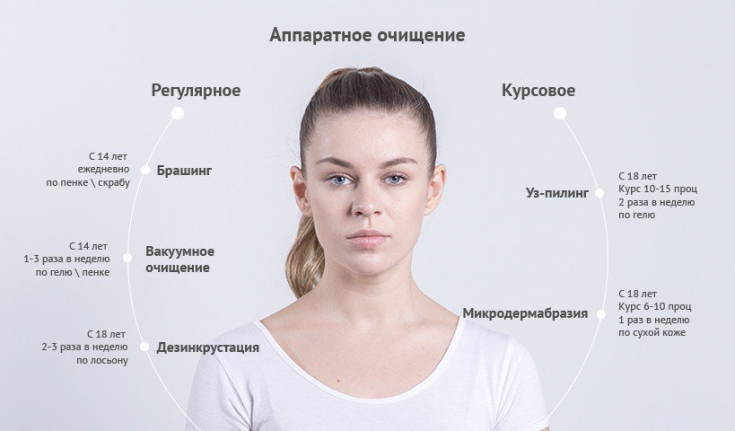If you ask any patient of a cosmetology clinic if he has sensitive skin, the vast majority will answer in the affirmative. Moreover, regardless of whether it is a man or a woman, at a young or mature age.
It would seem that people tend to exaggerate their susceptibility to external influences and skin sensitivity. However, experts say that this phenomenon has become very common in modern conditions, and there are many reasons for this, which estet-portal.com learned about.
Who most often suffers from hypersensitivity of the skin
Occurrence of increased skin sensitivity, or as it is also called – hyperreactivity, intolerance depends on many external factors.
Among them are those that are increasingly common in modern society and from which more and more people suffer:
• stress and psycho-emotional disorders;
• uncontrolled medication (especially retinoids);
• chronic gastrointestinal diseases, dysbiosis and vegetovascular dystonia;
• tanning abuse;
• improper and irregular nutrition;
• inability to properly care for the skin.
Aloe vera in dermatology: impact on wound healing
Scientists note that increased skin sensitivity people of all age groups complain. However, in adulthood, it usually decreases, because with the onset of the menopausal period, the number of superficial nerve endings decreases.
Men often have increased skin reactivity, which is associated with a regular violation of the integrity of the skin during shaving.
Most often, hypersensitivity occurs in owners of the first two Fitzpatrick skin phototypes. Such skin has a very thin stratum corneum, where there are few lipids and protective pigments. Its barrier properties are easily broken, and this causes the development of hyperreactivity.
Acne conglobata: symptoms and treatment of severe acne
What can affect the increase in skin sensitivity
Unfortunately, it is not easy to calculate the factor that provoked the increase in skin reactivity due to the combination of external and internal causes.
External ones usually include smoking (and passive too), everyday contact with irritating substances (for example, latex), passion for spicy food, long-term use of drugs with retinoids or corticosteroids to correct skin problems.
Insidious toxicoderma: the main clinical forms of the disease
Depilation procedures (and shaving, especially with the use of alcohol-containing care products), cosmetic procedures that damage the stratum corneum (peelings, dermabrasion, laser resurfacing), and undergone plastic surgeries have an irritating effect that enhances reactivity.
Internal factors that can increase skin reactivity are:
• blood vessels, from birth close to the surface of the skin and with weak walls;
• the presence of eczema, atopic dermatitis, rosacea and other dermatoses;
• hypovitaminosis;
• hormonal disorders (including before menstruation or during the approach of menopause).
Skin hyperreactivity is exacerbated during active summer insolation, as well as in the autumn-winter period, which is associated with sharp temperature fluctuations.
Acne vaccination: a promising step into the future
It should be remembered that increased skin sensitivity – in many respects a subjective phenomenon, it manifests itself in each patient in its own way.
Some complain of burning and tingling of the skin, others are uncomfortable with a feeling of tightness and itching. At the same time, the intensity of symptoms is highly dependent on how the patient's skin perceives irritating factors.
In order to correctly assess the patient's condition, it is necessary to take into account this subjectivity of perception during the examination.
What can dermatoscopy do and when is it used
You might be interested in: How is lymphatic drainage massage done?










Add a comment